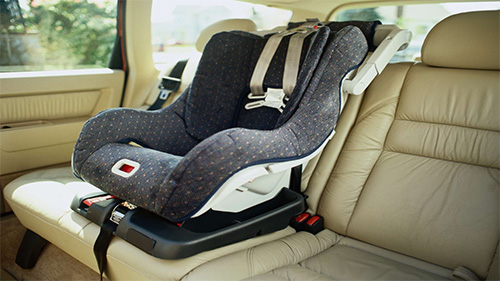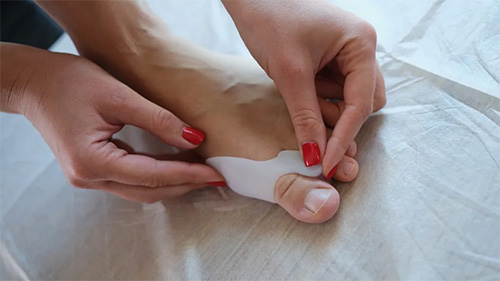2026 Update: What New Car Seat Safety Standards Mean for Your Baby

The United States is upgrading the way it tests child seats—not just in frontal collisions, but also in side impacts. This is important because side impacts (T-bone collisions) are particularly dangerous for children. If you're a parent or guardian, here's a breakdown of the changes, how they affect your existing car seat, and practical next steps to prepare for 2026.
The Federal Motor Vehicle Safety Standard (FMVSS No. 213a) has added a mandatory side impact sled test, simulating a T-bone collision at 30 mph. This rule targets car seats for children weighing up to 40 pounds (18.1 kg) and approximately 43.3 inches (100 cm) tall, thus covering most infant/convertible seats and many toddler seats. The test verifies that the seat properly restrains the child, limits harmful head contact with the vehicle structure, and reduces chest pressure in side impacts.
NHTSA initially set an earlier compliance date, but due to manufacturers requesting more time for testing and certification, and to avoid supply shortages, the agency postponed/imposed a moratorium on the test. It plans to require seats sold after December 5, 2026, to meet the updated requirements (retaining some temporary enforcement discretion during the final rulemaking period). In short: manufacturers have more time, but the industry is moving toward universal side-impact testing.
What parents should check when purchasing a seat (or deciding whether to keep one)
Look for manufacturer declarations or labels confirming that the model complies with FMVSS 213a/"Side Impact"—many brands advertise compliance after certifying their models. If in doubt, call the manufacturer.
Seats should be selected based on the child's size, not age. As long as children meet the seat's height/weight limits, they should be rear-facing; rear-facing remains the safest position for infants and toddlers.
How These Regulations Affect Booster Seats and School Bus Seatbelts
The new standards primarily focus on seats for children under 40 pounds (about 18 kilograms), and some of the rulemakings also tighten labeling requirements for booster seats and the types of children they are suitable for. Additionally, due to the different crash environments of school buses, the National Highway Traffic Safety Administration (NHTSA) has considered and proposed specific exemptions or instructions for certain child safety seats on school buses. If you transport children on a school bus, stay tuned for updates from the agency.
Helpful Checklist for Parents
If your seat is less than 10 years old, has never been involved in an accident, and hasn't been subject to a recall, you can continue to use it—but register it and be aware of recalls.
If you purchased a new vehicle before December 5, 2026, ask whether the model has been tested to FMVSS 213a (side impact) or whether the manufacturer plans to certify it.
As much as possible, always place your child in the car seat with their back facing forward. Get the car seat examined for free by a qualified inspector if you're not sure how to install it.
Recommended for you



